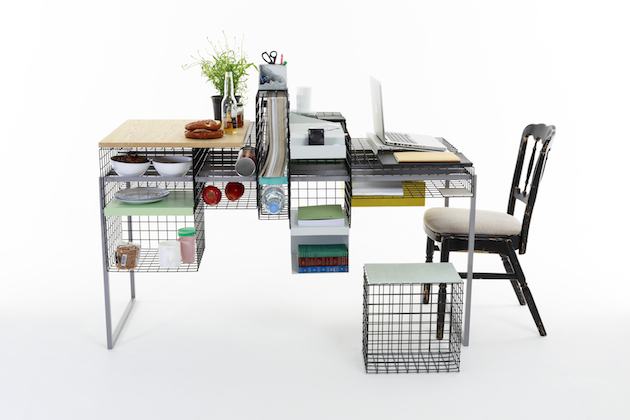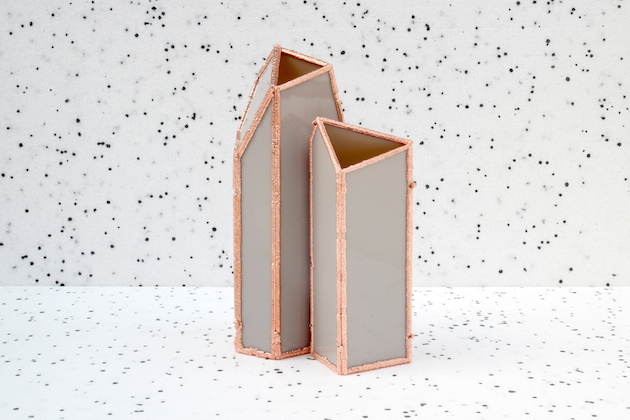
Set in a modernist villa, designed in the 1920s for Charles and Marie-Laure de Noailles – an art-patron couple who put their Modernist residence at the disposal of avant-garde artists – Design Parade couldn’t be a more fitting place for nurturing young talent. Now in its 10th year, Design Parade has witnessed the ‘coming of age’ of a number of contemporary practitioners. Following a simple and straightforward concept – an open call for participation, from which a jury selects 10 candidates who are then invited to exhibit their work at the Villa – Design Parade usually constitutes the first arena where designers who are fresh out of school test their ideas and see them positioned in the wider context. Juxtaposed to solo exhibitions of previous years’ winners as well as influential contemporary practitioners, the work of 10 selected designers takes on a different, more nuanced note – at the same time more serious and concrete as well as pleasantly naïve.
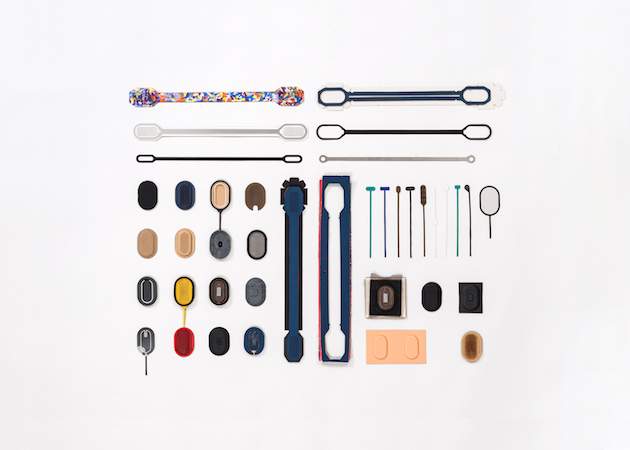
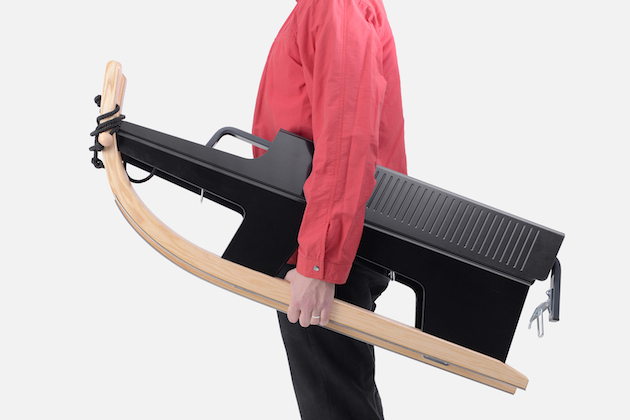
The selection of ten designers also implies a curatorial choice from the jury – this year composed of Pierre Charpin, the famous French designer who is also at the centre of a solo exhibition at the Villa, Fabien Cappello, a young designer based in London, last year’s winner Laura Couto Rosado, Barbara Coutinho, Jean-Marc Drut, Philippe Jousse, Catherine Tsékénis and Nathalie Du Pasquier. The way selected works form a narrative, a dialogue between each other contributes to how they will be understood and appreciated. This year’s selection, though, doesn’t lack eclecticism. From modular furniture to a folding sled, from organic materials to hybrid electronic devices, from recycled objects to conceptual lighting, from re-invention of ornaments to hi-tech use of bamboo, from the form of music to experiments with electrolysis.
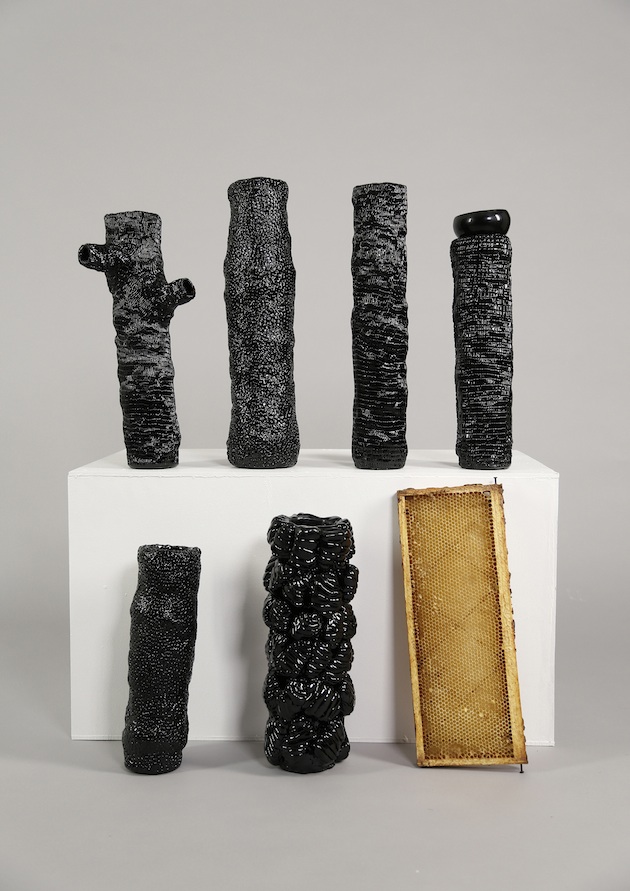
Formally impeccable, these projects nevertheless fit neatly within the canon of design practice today. But is this the role of Design Parade? Its close connection with industry – the winner is awarded a year-long scholarship at CIRVA (International Glass and Arts Research Centre) – gives this competition a no-nonsense flair. All exhibited projects could, potentially, be put into production, and explore issues that are far away from notions of critical design that are at the centre of design research today. While this does not reduce the value of exhibited projects, it does position them in a different strand, posing a necessary question – can Design Parade really serve as the barometer for design practice today?
